How animals disperse seeds
With appetising fruit and sticky seeds, plants recruit all sorts of unwitting animals into the vital business of seed dispersal
Elephants
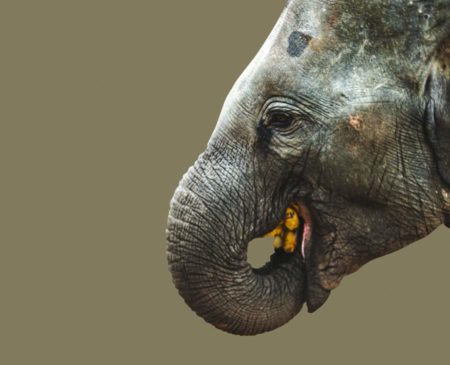
Elephants disperse seeds from dozens of tree species up to 65 kilometres (40.4 miles). With their large appetites, they transport thousands of seeds a day and help maintain biodiversity.
Dung beetles
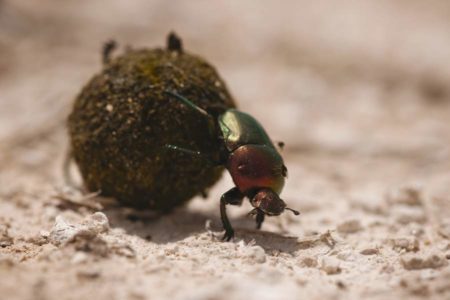
Sometimes there are several stages of seed dispersal; herbivores deposit seeds in their droppings, and these get rolled even further from the parent plant by dung beetles.
Dogs

Plants like burdock produce seeds covered with small hooks, or ‘teeth’ that stick to the fur of any mammal brushing past. Highly effective, these burs were the inspiration for Velcro.
Squirrels

Squirrels cache hundreds of seeds and nuts ready for winter, but inevitably forget about some. Having conveniently been buried in the soil, forgotten seeds can begin to take root.
Green sea turtles

They might not be the first group to spring to mind, but reptiles can be important seed dispersers. Green sea turtles spread several seagrass species as they travel the ocean.
Toucans
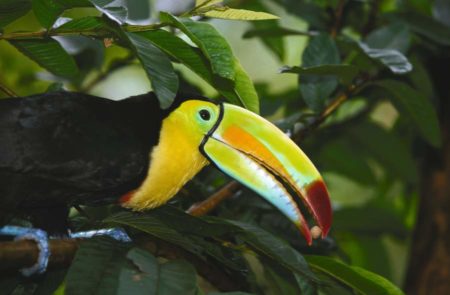
Flying birds can transport seeds miles in their digestive systems and on their feathers. Toucans feed on wild nutmegs but only eat the fatty outer casing, regurgitating the seed later.
Pumas

Carnivores can act as secondary dispersers – when they eat birds and small mammals, they ingest any seeds or nuts that were in the stomachs of their prey.
Ants
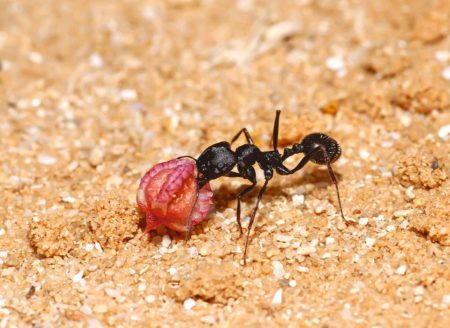
Almost five per cent of flowering plants are dispersed by ants. They carry seeds to their colonies, eat the lipid-rich coating and discard the intact seeds in underground chambers.
Pacus
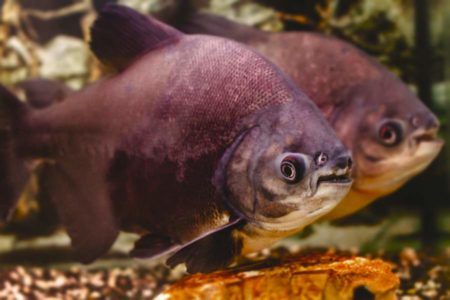
Pacus are square-toothed fish found in the Brazilian Pantanal. When floods arrive, fruit falls into the water and gets gobbled up by the fish, with the seeds later deposited.
For more science and technology articles, pick up the latest copy of How It Works from all good retailers or from our website now. If you have a tablet or smartphone, you can also download the digital version onto your iOS or Android device. To make sure you never miss an issue of How It Works magazine, subscribe today!





